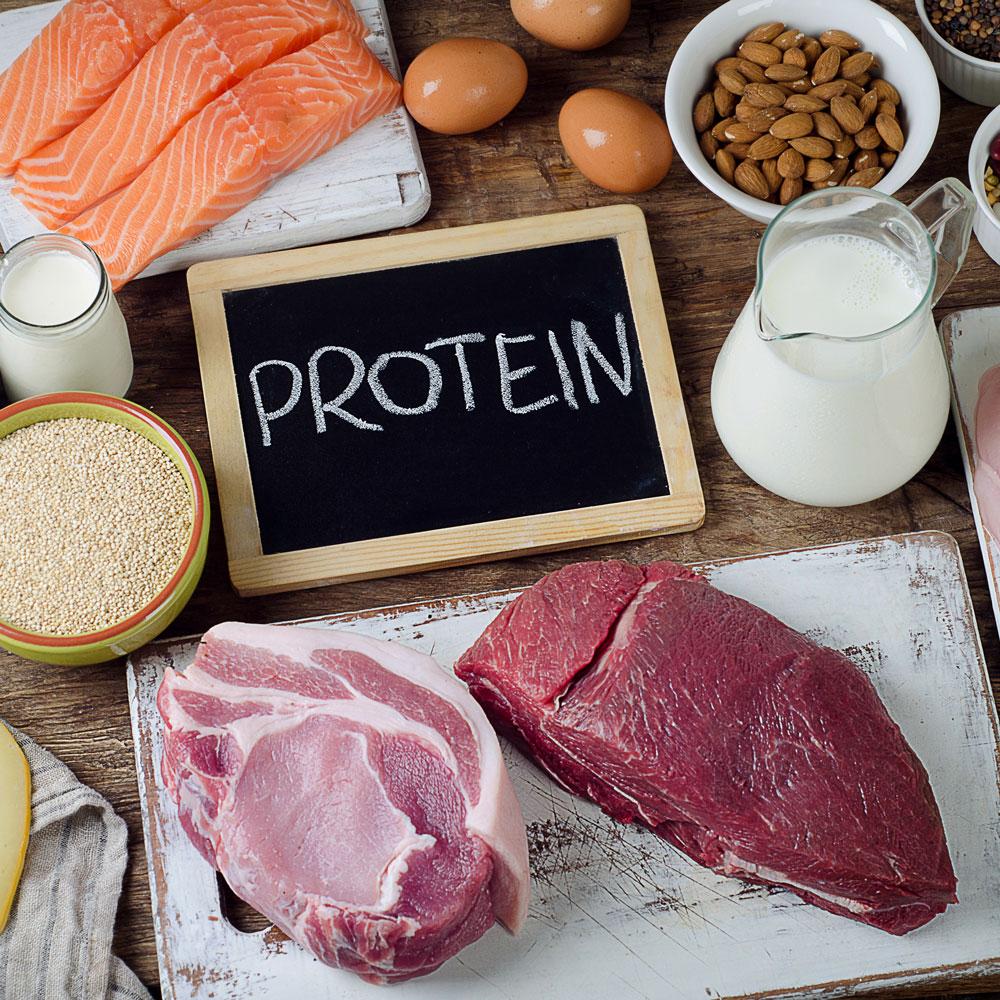In the quest for optimal health and fitness, the high protein diet has emerged as a compelling strategy, backed by a wealth of scientific research and practical success stories. With its promise of enhanced muscle growth, improved satiety, and accelerated weight loss, this dietary approach has captured the attention of athletes, fitness enthusiasts, and health-conscious individuals alike. However, embarking on a high protein diet requires more than just adding extra chicken breasts to your plate; it necessitates a strategic understanding of nutritional balance, protein sources, and individual dietary needs. This article delves into the foundational steps necessary to successfully transition into a high protein diet, providing an analytical exploration of its benefits, potential challenges, and practical guidelines to help you harness the full potential of this nutritional powerhouse. Whether you are aiming to boost your athletic performance, manage your weight, or simply enhance your overall well-being, understanding how to effectively implement a high protein diet can be a transformative step on your health journey.
Understanding the Basics of High Protein Diets
Embarking on a high protein diet involves understanding its core principles and how they can be tailored to meet your individual health goals. The essence of this dietary approach lies in its ability to enhance muscle growth, support weight management, and promote overall well-being. Key to this strategy is the integration of protein-rich foods into your daily meals, ensuring they become the centerpiece of your nutritional intake. Animal sources such as lean meats, fish, and eggs are typically rich in essential amino acids, making them an excellent choice for those seeking to maximize muscle synthesis. Meanwhile, plant-based options like beans, lentils, and tofu offer a versatile and nutritious alternative, catering to diverse dietary preferences.
- Assess your protein needs: Understand your daily protein requirements, which may vary based on factors such as age, activity level, and health objectives.
- Diversify your protein sources: Aim for a balanced mix of animal and plant-based proteins to ensure a comprehensive intake of essential nutrients.
- Plan your meals: Incorporate high protein foods into each meal, focusing on quality and variety to keep your diet both enjoyable and sustainable.
- Monitor your progress: Keep track of how your body responds to increased protein intake, adjusting portions and food choices as needed.
With these foundational steps, you’re well-equipped to begin your journey towards a high protein lifestyle, optimizing your diet for both performance and health.

Choosing the Right Protein Sources for Optimal Health
To achieve a balanced and effective high-protein diet, it’s essential to select protein sources that not only meet your dietary needs but also support your overall health. Lean meats like chicken breast and turkey are excellent choices due to their high protein content and low levels of saturated fats. Fish, especially fatty varieties like salmon and mackerel, provide a double benefit of protein and omega-3 fatty acids, which are crucial for heart health. Don’t overlook plant-based proteins such as lentils, chickpeas, and quinoa, which offer fiber and essential nutrients along with their protein punch.
- Dairy Products: Opt for Greek yogurt and cottage cheese, which are rich in protein and calcium.
- Eggs: A versatile protein source that is easy to incorporate into any meal.
- Nuts and Seeds: Almonds, chia seeds, and flaxseeds not only provide protein but also healthy fats and fiber.
Incorporating a diverse range of these protein sources can help ensure you get a wide spectrum of amino acids and other vital nutrients. This strategy not only enhances muscle growth and repair but also supports metabolic health, making it a cornerstone of a high-protein diet.
Balancing Macronutrients for a Well-Rounded Diet
Balancing macronutrients is crucial for those embarking on a high-protein diet. A common misconception is that focusing on protein means neglecting other essential nutrients. However, maintaining a well-rounded diet requires careful consideration of all macronutrients: proteins, carbohydrates, and fats. Each plays a distinct role in your body’s functioning. Protein aids in muscle repair and growth, carbohydrates provide energy, and fats support hormone production and nutrient absorption.
- Prioritize Whole Foods: Opt for lean meats, fish, eggs, legumes, and dairy to increase protein intake without adding excessive fats.
- Mind Your Carbs: Choose complex carbohydrates like whole grains and vegetables, which offer sustained energy and are rich in fiber.
- Include Healthy Fats: Integrate sources such as avocados, nuts, and olive oil to ensure you’re getting essential fatty acids.
By strategically balancing these macronutrients, you can effectively support your body’s needs while reaping the benefits of a high-protein diet. Remember, the goal is to enhance overall nutrition, not just increase protein consumption.
Practical Tips for Incorporating More Protein into Your Meals
Boosting your protein intake doesn’t have to be a daunting task. By making a few strategic choices, you can seamlessly integrate more protein into your daily meals. Start by opting for lean protein sources such as chicken, turkey, and fish. These not only pack a punch in terms of protein content but also contribute to a balanced diet with lower fat content. For vegetarians, options like tofu, tempeh, and legumes are excellent alternatives. Additionally, don’t overlook the potential of protein-rich snacks like Greek yogurt, cottage cheese, and mixed nuts to keep your energy levels up throughout the day.
- Mix protein powders into your morning smoothies or oatmeal for an easy boost.
- Swap out refined carbs for whole grains, which often contain more protein and fiber.
- Incorporate eggs into your meals, not just at breakfast but also in salads and stir-fries.
- Enhance the protein content of your soups and stews by adding beans or lentils.
- Consider meal prepping high-protein meals in advance to avoid last-minute unhealthy choices.
By consciously making these changes, you’ll find it easier to meet your protein goals without sacrificing flavor or convenience. Remember, the key is to maintain variety and balance, ensuring that your diet remains enjoyable and sustainable.
